$90.99
- Buy with Confidence, Get Quality
- fast shipping
- No Compromise on Quality
- Quality You Can Trust

Broad-spectrum control for many pest species!
BioBee’s BioLacewing is a broad-spectrum biocontrol, most effective against aphids. Chrysoperla (lacewing) is an aphids predator very common in nature. Only the larval stages can feed on aphids, while the adult usually feeds on nectar, honeydew and other sugar sources. The range of preys is very large and among them mites, thrips, mealybugs, moth eggs and larvae are the most common. A developing larva can destroy more than 200 aphids.
Apply at a rate of 5,000 to 50,000 per acre depending on crop type and levels of infestation. Release immediately after receipt. While bottle is still closed, turn horizontally and rotate to mix the media. Apply over plant leaves at a 45-degree angle.
These live insects MUST ship via two-day air. Please call for pricing. This product is not valid for any free or reduced shipping offers.
- Target pests: Primarily aphids, but also known to feed on mites, thrips, mealybugs, moth eggs and larvae
- Crops: Any crops that have aphids as a pest, vegetable, fruit, ornamental, and row crops

- This product is covered under A.M. Leonard’s exclusive 30-Day Down to Earth Guarantee. Click Here for more Details.
- BioBee BioLacewings, 5,000 Count
- Broad spectrum control for many pest species!
- Most effective against aphids.
- Range of prey includes mites, thrips, mealybugs, moth eggs and larvae.
- Each larva can destroy over 200 aphids.
- Apply at a rate of 5,000 to 50,000 per acre depending on crop type and levels of infestation.
- These live insects MUST ship via two day air. Please call for pricing. This product is not valid for any free or reduced shipping offers.
BioBee BioLacewing is a broad spectrum biocontrol that is most effective against aphids. It contains Chrysoperla (lacewing) which is a natural predator of aphids. It can also feed on other pests such as mites, thrips, mealybugs, moth eggs and larvae. The product comes in a bottle of 5,000 count and should be applied at a rate of 5,000 to 50,000 per acre depending on crop type and levels of infestation.
2) What is the best way to apply BioBee BioLacewing?
The product should be applied over the plant leaves at a 45 degree angle. Before using, turn the bottle horizontally and rotate it to mix the media. Since these are live insects, they must be shipped via two-day air and should be released immediately upon receipt.
3) What type of pests can BioBee BioLacewing control?
Primarily, BioBee BioLacewing controls aphids, but it can also feed on mites, thrips, mealybugs, moth eggs and larvae. It is a broad spectrum biocontrol and is effective against a large range of pests.
4) Which crops can benefit from using BioBee BioLacewing?
Any crops that have aphids as a pest can benefit from using BioBee BioLacewing. This includes vegetable crops, fruit crops, ornamental plants and row crops.
Be the first to review “BioBee BioLacewings, 5,000 Count” Cancel reply
Related products
Pest Control
Pest Control
Bird Repellent
Deer Deterrent
Beneficial Insects
Pest Control
Pest Control

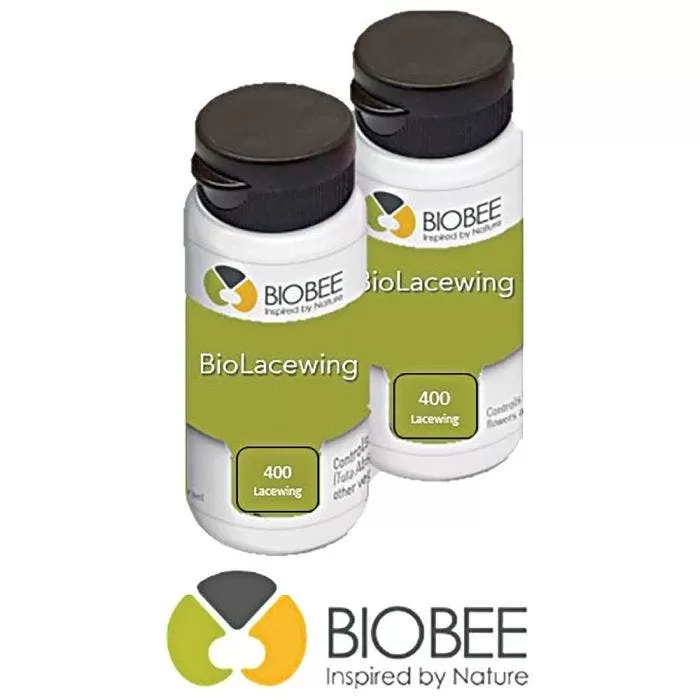
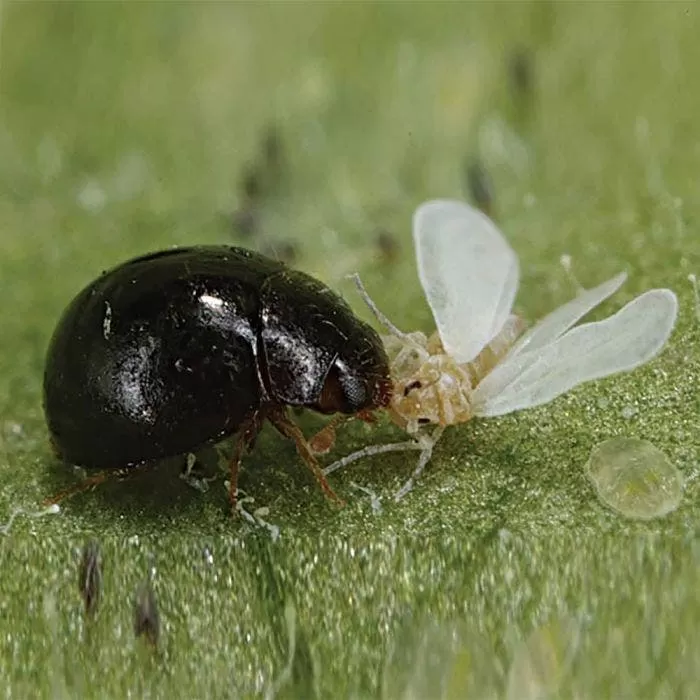





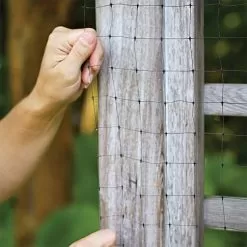

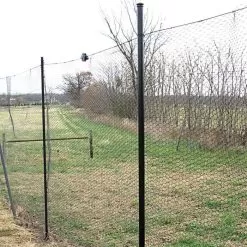




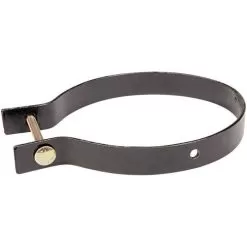

Reviews
There are no reviews yet.